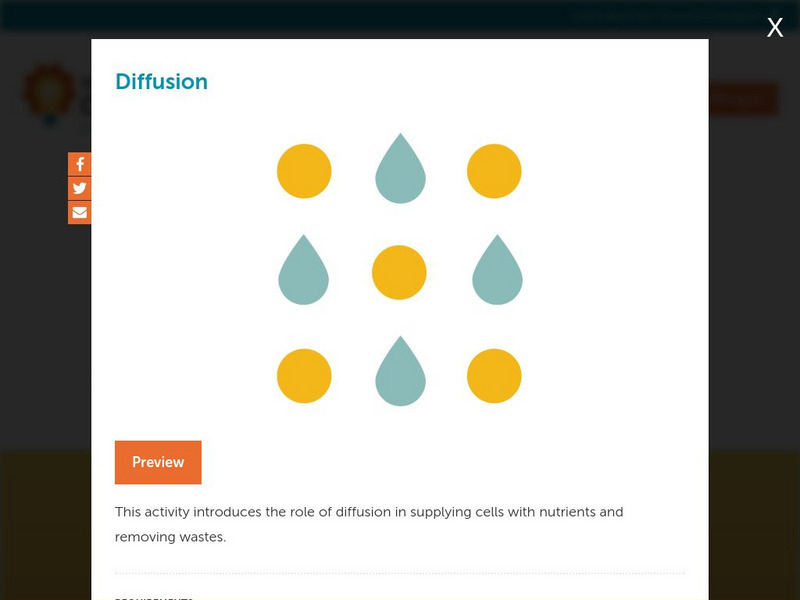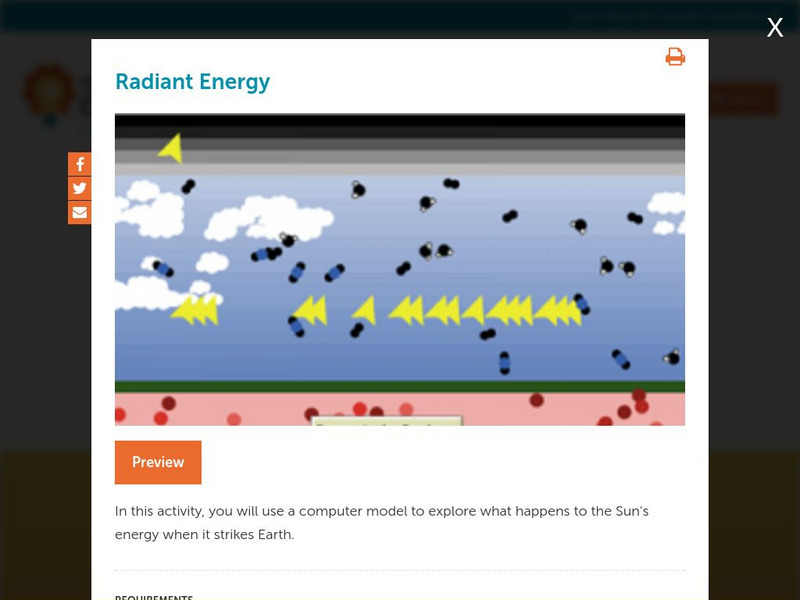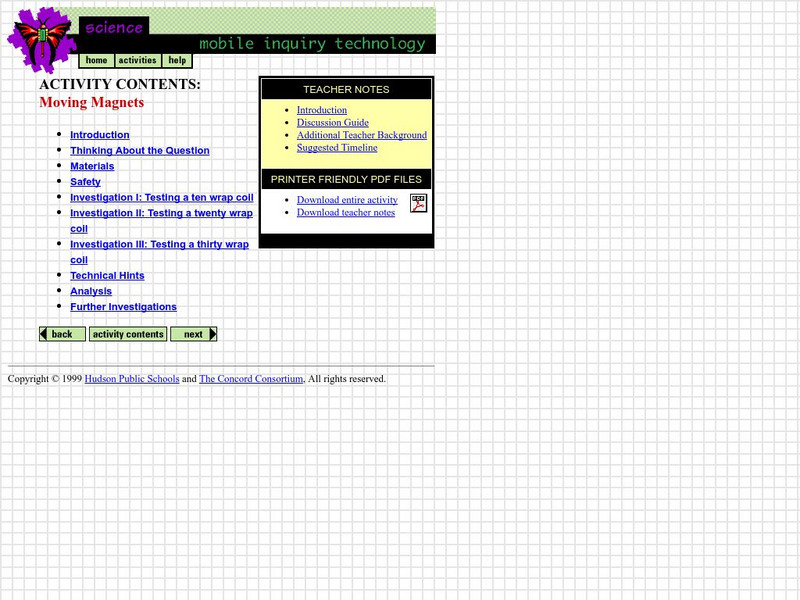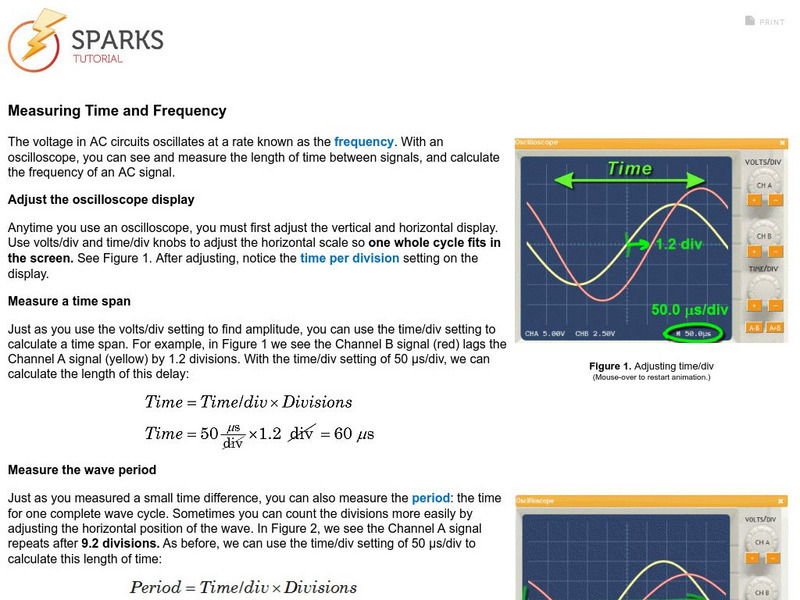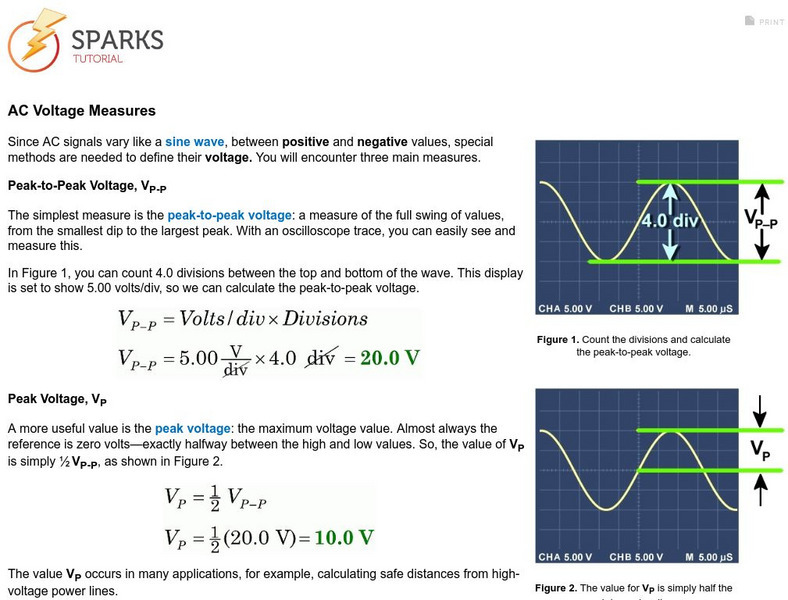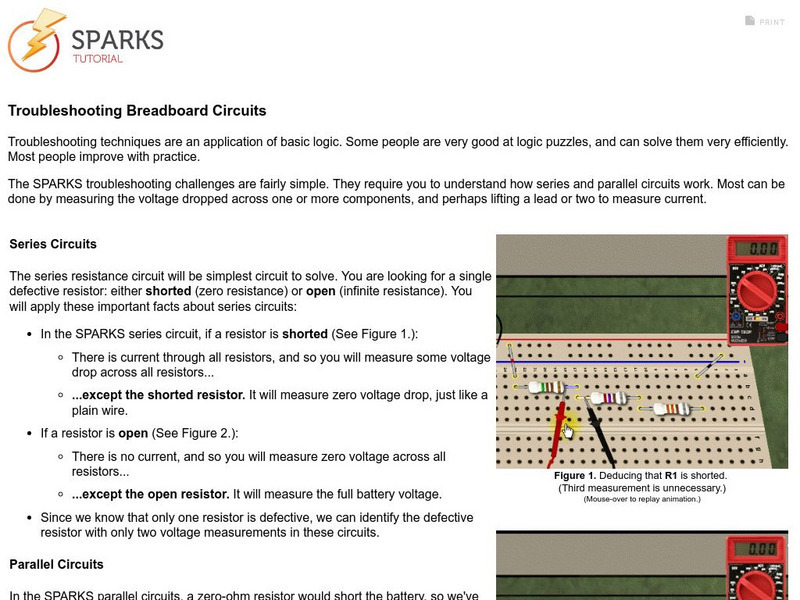Concord Consortium
Concord Consortium: Molecular Workbench: Molecular Planetary Gears
Observe the movements of a molecular planetary gear.
Concord Consortium
Concord Consortium: Molecular Workbench: Vapor Pressure Experiments
Use these virtual vapor pressure experiments to learn more about gases' reactions in various scenarios.
Concord Consortium
Concord Consortium: Molecular Workbench: Double Inverted Pendulum Oscillating
Adjust frequency, amplitude, and perturbation in this simulation to graph the trajectory of a mass at the end of each pendulum.
Concord Consortium
Concord Consortium: Molecular Workbench Showcase: Chemistry, States of Matter
See how gas, liquid, and solid molecules react to external pressure in this simulation. Also see a model of intermolecular motion through elliptical particles.
Concord Consortium
Concord Consortium: Stem Resources: Greenhouse Gases
Do you understand the relationship between temperature and carbon dioxide in our atmosphere? This computer model shows factors such as clouds and carbon dioxide that could cause global temperatures to rise. Students investigate how the...
Concord Consortium
Concord Consortium: Stem Resources: Competition
An interactive activity where students study how two species of producers are affected by a consumer. By completing several virtual experiments and collecting data, students will be able to summarize what plants can do to defend...
Concord Consortium
Concord Consortium: Stem Resources: Diffusion
An activity to understand how diffusion is a result of random motion and collisions of particles. With the virtual labs, explore how a drop of food coloring into a glass spreads and how perfume diffuses at different temperatures and...
Concord Consortium
Concord Consortium: Stem Resources: Electrons in Atoms and Molecules
A module with animations, explanations, and questions about the importance of electrons in the structure of an atom. Understand the definition and locations of electrons in the atom. Explore the role of electrons in bonding, polarity,...
Concord Consortium
Concord Consortium: Stem Resources: Intermolecular Attractions
Learn that boiling point, solubility, and DNA are affect by intermolecular forces in this module. Module includes lessons with questions and animations to explain London dispersion and dipole-dipole attractions. To conclude the lessons,...
Concord Consortium
Concord Consortium: Stem Resources: The Quantum Basics of Electrons
Simulations that show the concepts of probability distribution and the behavior of electrons that will help students understanding of quantum mechanics. Students will learn about electrons movement when they are in an excited state. At...
Concord Consortium
Concord Consortium: Stem Resources: Making Waves
Learn how to make waves! Using a motion sensor, students will recreate distance vs. time graphs given in the lab. Lab gives a detailed procedure as well as questions that can be saved online.
Concord Consortium
Concord Consortium: Stem Resources: Motion on a Ramp
Using a motion detector, students produce graphs that show the motion of a toy car as it moves on a ramp. Students collect distance versus time graphs and velocity versus time graphs as well as predict what the motion will look like on...
Concord Consortium
Concord Consortium: Stem Resources: Radiant Energy Flow
A virtual lab to look at the physical features of Earth that affect the amount of the Sun's energy that hits Earth. Students investigate how solar and infrared radiations enters and leaves the atmosphere with this model. Virtual lab...
Concord Consortium
Mobile Inquiry Technology: Moving Magnets
This investigation has students examining how electric and magnetic charges are related. They will look at how an electric current is affected by the proximity of a magnet.
Concord Consortium
Mobile Inquiry Technology: Parallel Versus Series Circuits
For this lesson, students actively investigate the differences between parallel and series circuits and how the brightness of bulbs is affected.
Concord Consortium
Mobile Inquiry Technology: Decaying Batteries
This investigation has students investigating and measuring the decay of batteries as their electric charges are used up in circuits.
Concord Consortium
Mobile Inquiry Technology: Calibrating Thermometers
For this activity, students examine how thermometers are calibrated. They develop an understanding of the importance of having standard measurement tools for accuracy in scientific research.
Concord Consortium
Concord Consortium: Measuring Time and Frequency
The voltage in AC circuits oscillates at a rate known as the frequency. With an oscilloscope, see and measure the length of time between signals, and calculate the frequency of an AC signal.
Concord Consortium
Concord Consortium: Calculating Reactance
Find out how the current in a circuit can be impeded by three types of circuit components.
Concord Consortium
Concord Consortium: Measuring Phase in Ac Circuits
See how oscillations in an AC circuit don't always rise and fall together.
Concord Consortium
Concord Consortium: Measuring Voltage in Ac Circuits
There are three different measures of AC voltage. Here, consider the peak voltage to measure it.
Concord Consortium
Concord Consortium: Ac Voltage Measures
Discover three main measures of AC voltage.
Concord Consortium
Concord Consortium: Using a Function Generator
See how a typical DC power supply provides a variable voltage source for DC circuits.
Concord Consortium
Concord Consortium: Troubleshooting Breadboard Circuits
Try these SPARKS troubleshooting breadboard circuit challenges.








